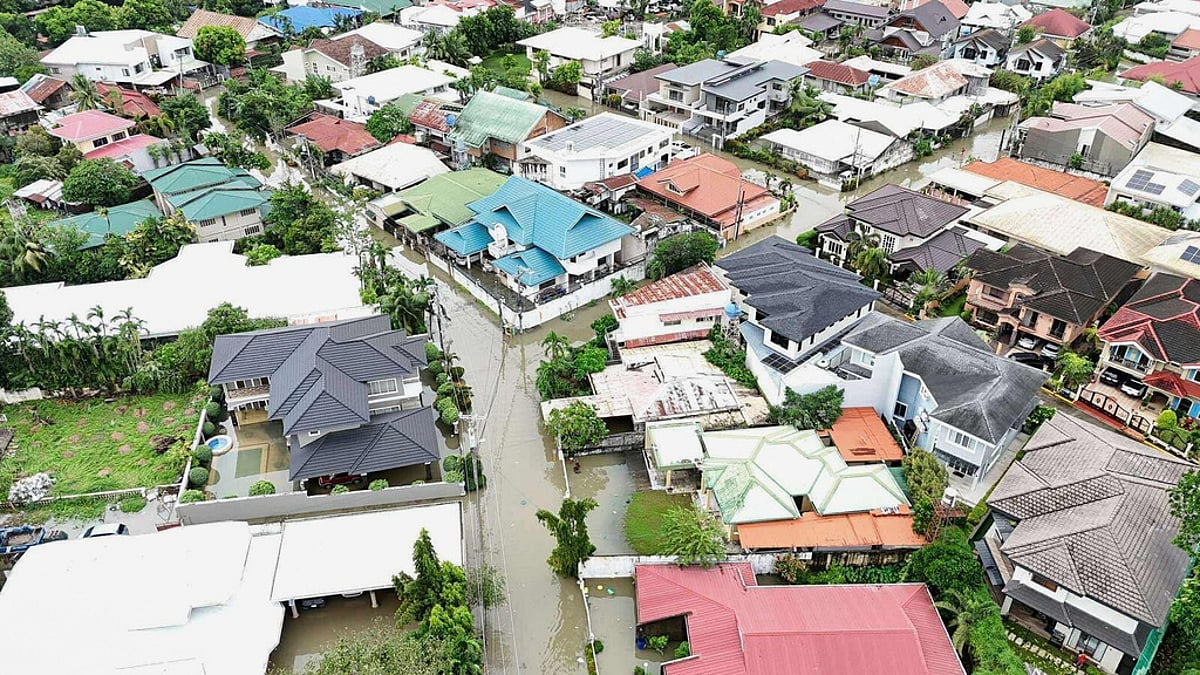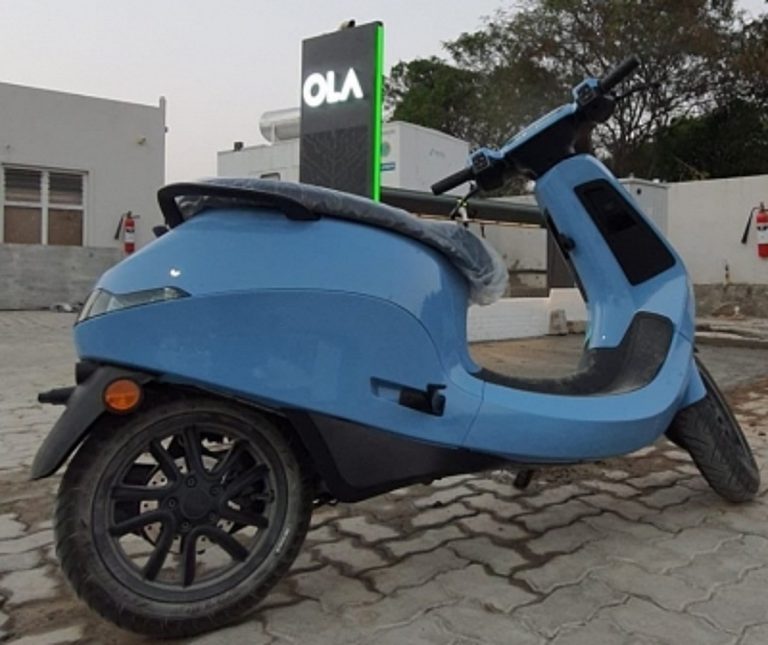Philippine Military Helicopter Crashes in Typhoon Relief
A Philippine military helicopter has crashed while on a mission to provide relief following Typhoon Kalmaegi. The incident occurred on Tuesday in northern Mindanao, specifically during its flight to the coastal city of Butuan. Details regarding the fate of the crew and passengers remain unclear as search and recovery operations are currently underway.
Incident Details
The Super Huey helicopter was part of a deployment aimed at assisting with the aftermath of the powerful storm that impacted the region. According to the Eastern Mindanao Command, the helicopter was engaged in relief operations when it went down. The command center has not disclosed any information about potential survivors or the cause of the crash.
Ongoing Relief Operations
In the wake of Typhoon Kalmaegi, which has already caused significant disruption in the central Philippines, the military’s involvement is crucial. Authorities are focused on providing aid to affected communities, and the crash adds urgency to the ongoing relief efforts.
FAQs
What caused the helicopter crash?
The cause of the crash is currently under investigation, and no official information has been released yet.
Are there any survivors from the crash?
As of now, there is no confirmed information regarding survivors, and search operations are actively ongoing.
How is the relief effort progressing after Typhoon Kalmaegi?
Relief operations are in progress, with military and government agencies working to assist communities affected by the typhoon.
Conclusion
The crash of the military helicopter during a critical relief mission highlights the challenges faced in the aftermath of Typhoon Kalmaegi. As search and recovery efforts continue, authorities remain focused on providing necessary aid to those impacted by the storm. Further updates will be provided as more information becomes available.
Typhoon Kalmaegi, which struck the central Philippines, has been characterized by heavy rainfall and strong winds, leading to widespread flooding and landslides in various regions. The storm has displaced thousands of residents, prompting local and national authorities to mobilize resources for relief efforts. The Philippine military has been actively involved in these operations, utilizing helicopters and other assets to deliver food, medical supplies, and other essential items to remote areas that have been cut off from traditional supply routes due to the severe weather conditions.
The Super Huey helicopter that crashed is part of a fleet used by the Armed Forces of the Philippines for various missions, including disaster response and humanitarian assistance. These helicopters are often deployed in challenging environments, where their ability to navigate difficult terrain is crucial for reaching affected populations. The military’s commitment to providing aid in the aftermath of natural disasters is a key component of the government’s strategy to address the immediate needs of those impacted by such events. However, the risks associated with flying in adverse weather conditions are significant, and this incident underscores the dangers faced by personnel involved in these critical missions.
In addition to the military’s efforts, various non-governmental organizations and local government units are also participating in the relief operations. They are working collaboratively to assess the needs of affected communities and ensure that assistance is delivered efficiently. The coordination among different agencies is vital, as it helps to streamline the distribution of aid and avoid duplication of efforts. As the situation evolves, the focus remains on restoring normalcy in the affected areas, with an emphasis on providing shelter, food security, and medical care to those who have lost their homes and livelihoods.
The investigation into the helicopter crash will likely involve multiple agencies, including the Philippine Air Force and other relevant authorities, to determine the cause and ensure accountability. Such inquiries are standard procedure in aviation incidents and aim to improve safety protocols for future operations. As the search and recovery efforts continue, the military and government officials are also preparing for the long-term recovery phase, which will involve rebuilding infrastructure and supporting economic recovery in the regions hardest hit by Typhoon Kalmaegi. The resilience of the affected communities will be tested, and the response from both the government and civil society will play a crucial role in their recovery journey.
Also Read:
Challenges of AI in Legal Work: Accuracy and Privacy Risks
Sharjah Civil Defence Boosts Fire Safety Inspections
Delhi’s Air Quality Crisis: Health Risks and Community Actio







